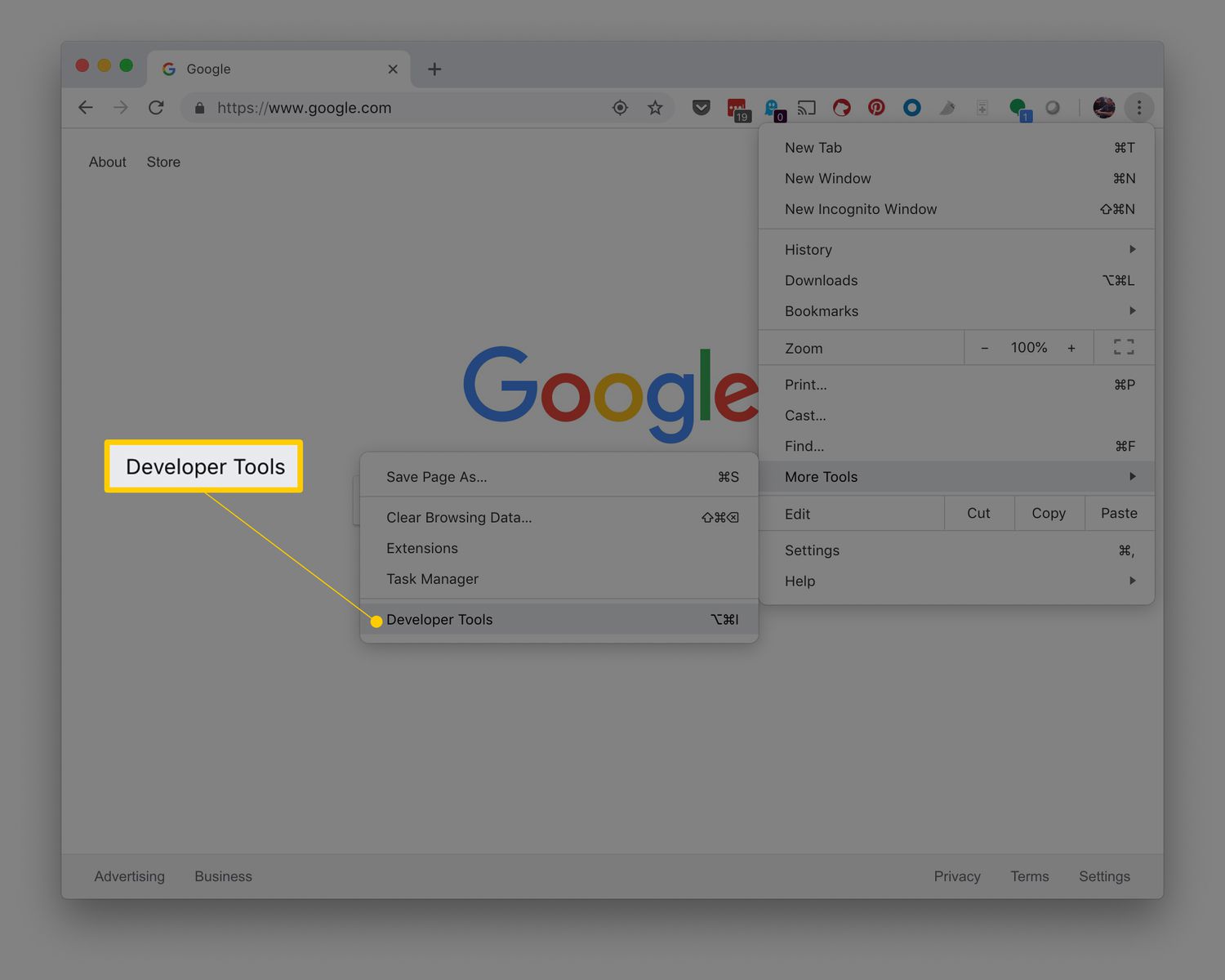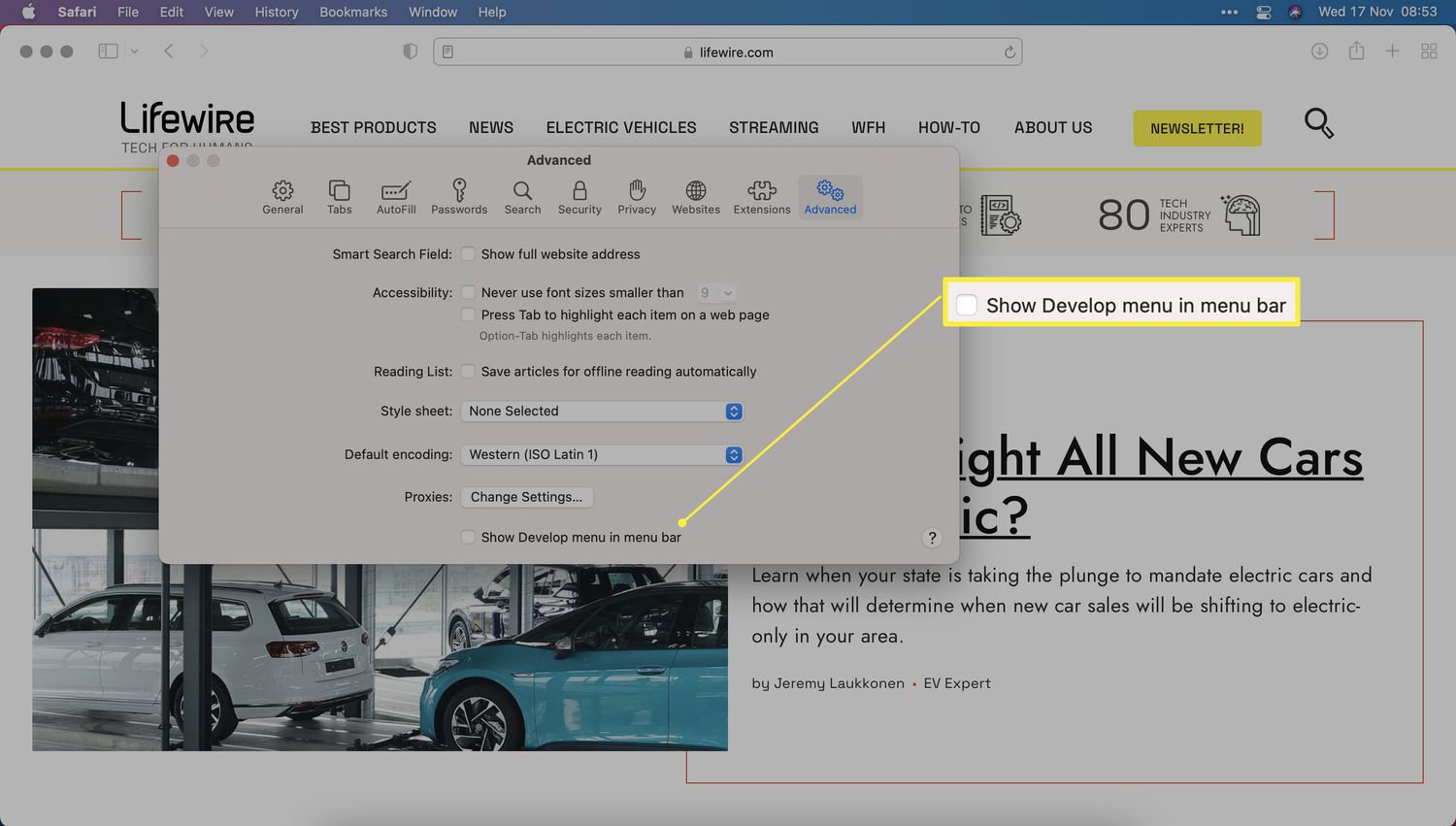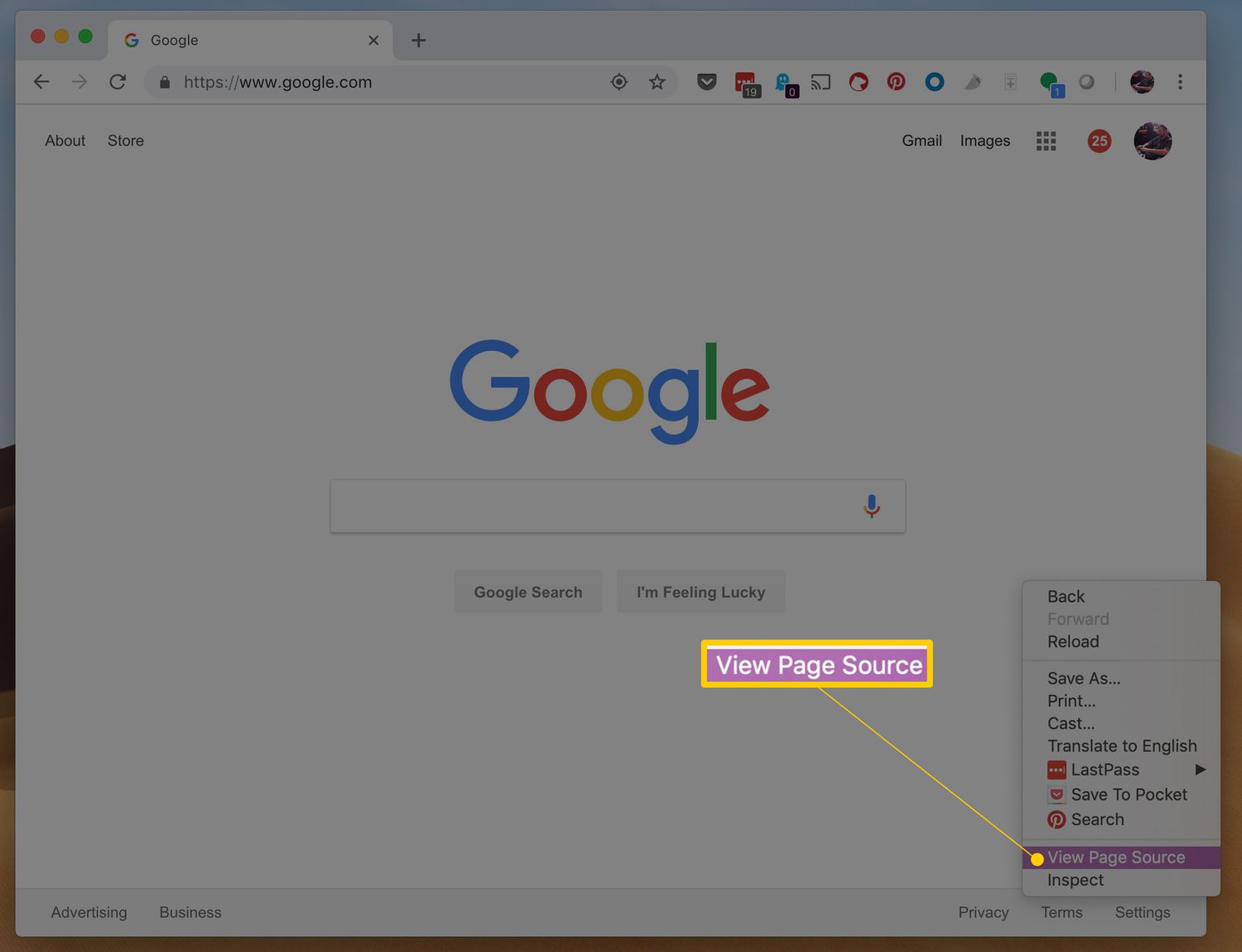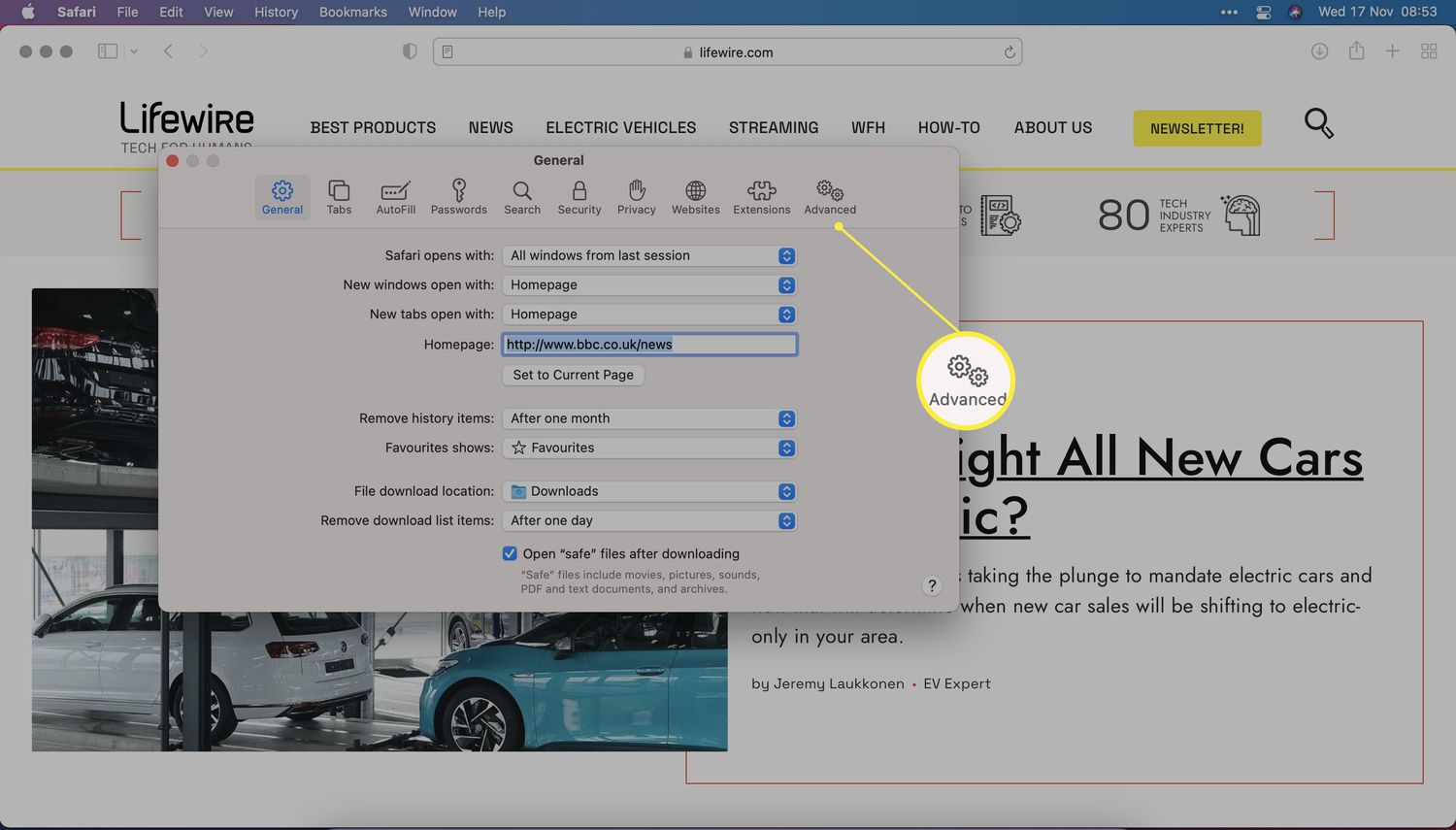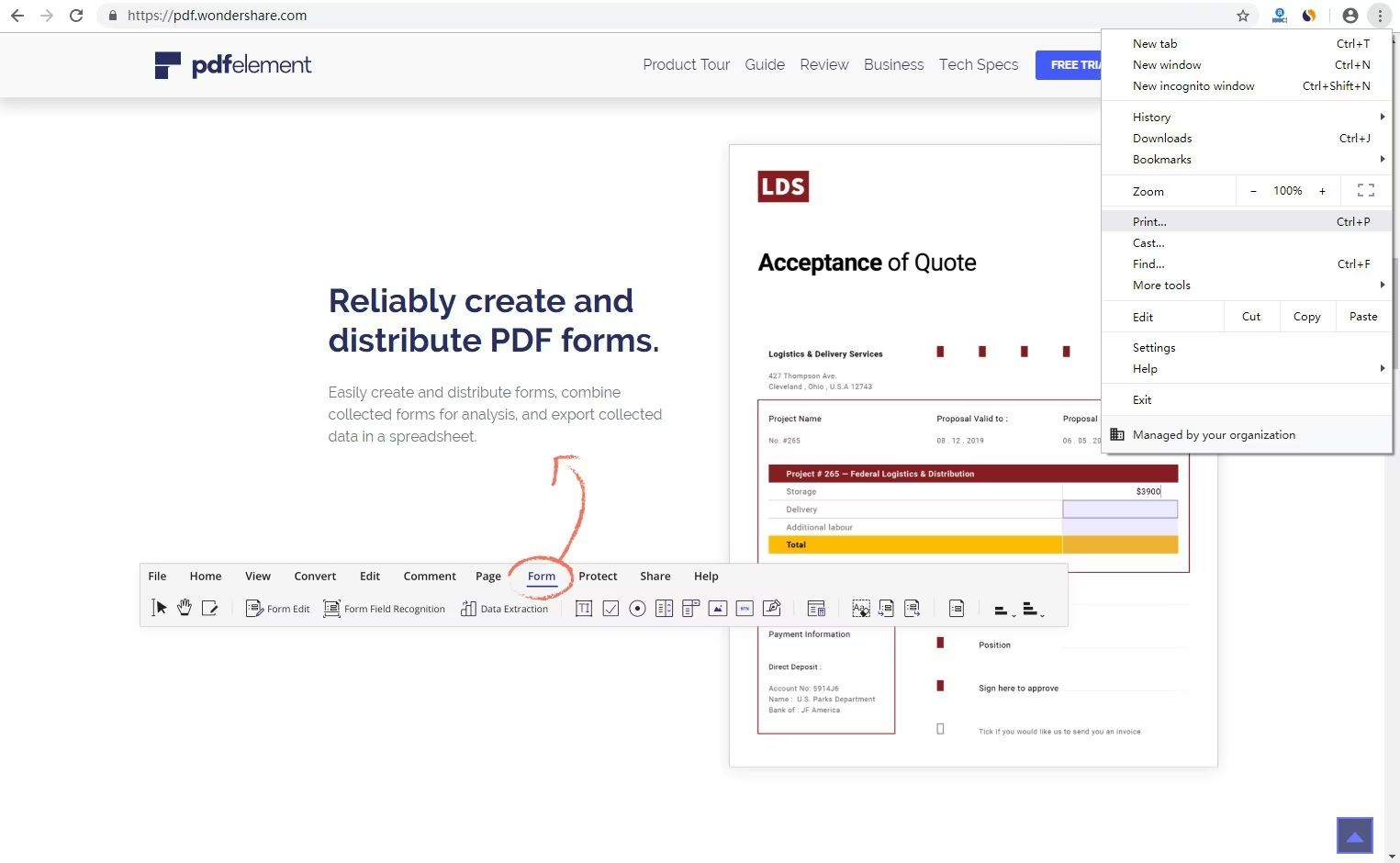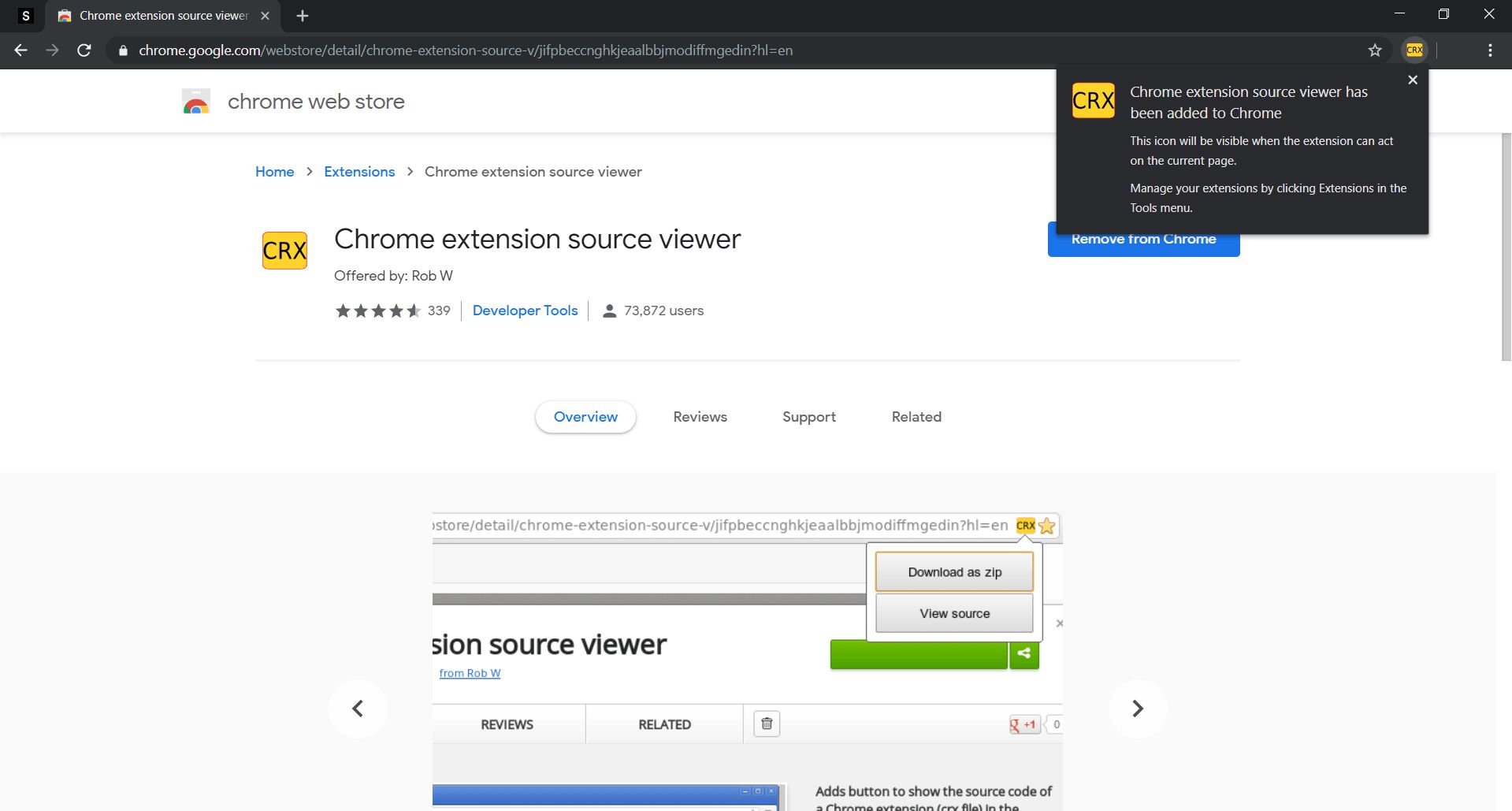Introduction
Editing HTML documents in Chrome can be a valuable skill for web developers, designers, and anyone seeking to customize web content. With the powerful built-in developer tools, Chrome offers a convenient way to make quick edits to HTML documents directly within the browser. Whether you want to tweak the layout, update the content, or experiment with new design elements, Chrome's DevTools provide a user-friendly interface for making these changes.
In this guide, we will walk through the process of editing an HTML document in Chrome using the browser's built-in developer tools. By following these steps, you'll be able to seamlessly modify the HTML code of any web page, gaining valuable insights into how web development works while honing your skills in real-time.
Let's dive into the world of HTML editing with Chrome DevTools and discover how you can leverage this powerful feature to make dynamic changes to web content. Whether you're a seasoned developer or just starting out, this guide will equip you with the knowledge and confidence to navigate and manipulate HTML documents with ease. So, grab your digital toolbox and get ready to unlock the potential of Chrome's developer tools!
Step 1: Open the HTML document in Chrome
To begin the process of editing an HTML document in Chrome, the first step is to open the desired web page in the Chrome browser. This can be achieved by simply entering the URL of the web page into the address bar and pressing "Enter". Alternatively, if the HTML document is stored locally on your computer, you can open it by navigating to the file location and dragging the file into an open Chrome window.
Once the web page is loaded, you can proceed to access the developer tools by right-clicking anywhere on the page and selecting "Inspect" from the context menu. This action will open the Chrome DevTools panel, which provides a comprehensive set of tools for inspecting and editing the HTML, CSS, and JavaScript of the web page.
Another method to access the developer tools is by using the keyboard shortcut "Ctrl + Shift + I" (Windows/Linux) or "Cmd + Option + I" (Mac). This will instantly open the DevTools panel, allowing you to seamlessly transition into the HTML editing process.
Upon successfully opening the HTML document in Chrome and accessing the developer tools, you are now ready to proceed to the next step of using Chrome DevTools to edit the HTML code and make dynamic changes to the web page. This seamless integration of web page viewing and HTML editing within the Chrome browser empowers users to interact with web content in a more intuitive and hands-on manner, fostering a deeper understanding of web development principles and techniques.
By mastering the art of opening and inspecting HTML documents in Chrome, you are laying the foundation for a more immersive and interactive web browsing experience. This foundational step sets the stage for the subsequent process of leveraging Chrome DevTools to edit and customize HTML code, ultimately enabling you to unleash your creativity and technical prowess in shaping the digital landscape.
With the HTML document now open in Chrome, let's move on to the next step and explore the powerful capabilities of Chrome DevTools for editing HTML code in real-time.
Step 2: Use Chrome DevTools to edit the HTML
Once the HTML document is open in Chrome, you can harness the full potential of Chrome DevTools to seamlessly edit the HTML code and make dynamic changes to the web page. The DevTools panel offers a comprehensive suite of features specifically designed to empower users in inspecting and modifying the underlying structure of web content.
Inspect and Navigate the HTML Structure
Upon opening the DevTools panel, you will be presented with a multifaceted interface, with the "Elements" tab at the forefront for inspecting and editing the HTML code. This tab provides a visual representation of the HTML structure, allowing you to navigate through the various elements of the web page with ease. By hovering over different elements within the "Elements" tab, the corresponding sections of the web page are highlighted, providing a clear visual correlation between the HTML code and its rendered output.
Edit HTML Attributes and Content
One of the key functionalities of Chrome DevTools is the ability to directly edit HTML attributes and content in real-time. By simply double-clicking on any HTML element within the "Elements" tab, you can modify its attributes, such as class names, IDs, and inline styles, as well as the textual content within the tags. This intuitive editing process empowers you to experiment with different design elements, tweak the layout, or update the textual content of the web page, all within the familiar confines of the Chrome browser.
Add and Remove HTML Elements
In addition to editing existing HTML elements, Chrome DevTools enables you to add and remove elements directly within the "Elements" tab. By right-clicking on any HTML element, you can access a contextual menu that offers options to add new elements, duplicate existing ones, or remove elements altogether. This capability provides a sandbox-like environment for testing and prototyping changes to the HTML structure, fostering a dynamic and iterative approach to web content customization.
View Applied Changes in Real-Time
As you make edits to the HTML code using Chrome DevTools, the web page instantly reflects these changes, allowing you to visualize the impact of your modifications in real-time. This seamless synchronization between the HTML code and the rendered web page provides immediate feedback on the visual and structural alterations, empowering you to fine-tune the design and functionality of the web page with precision and efficiency.
By leveraging the powerful features of Chrome DevTools to edit the HTML code, you gain a deeper understanding of web development principles while honing your skills in real-time. This hands-on approach to HTML editing within the Chrome browser fosters a dynamic and interactive learning experience, enabling you to explore the intricacies of web content customization with confidence and creativity. With the HTML code at your fingertips and the web page as your canvas, Chrome DevTools empowers you to unleash your imagination and technical prowess in shaping the digital landscape.
Step 3: Save the changes
After making the desired edits to the HTML code using Chrome DevTools, it's essential to ensure that the changes are saved for future reference or immediate deployment. While Chrome DevTools allows real-time manipulation of the HTML code within the browser environment, the changes made are not automatically saved to the original source file. Therefore, it's crucial to follow the necessary steps to preserve the modifications and integrate them into the web page's underlying codebase.
Persisting Changes Locally
To save the edited HTML code locally, you can utilize the built-in functionality of Chrome DevTools to copy the modified code. By right-clicking on the edited HTML element within the "Elements" tab, you can select the "Edit as HTML" option, which opens a text editor where you can copy the updated code. Once the modified code is copied, you can paste it into a text editor or an integrated development environment (IDE) of your choice, and save it as a new or updated HTML file on your local system.
Integrating Changes into the Source Code
If the web page is part of a larger project or hosted on a remote server, it's crucial to integrate the edited HTML code into the source files. This involves locating the original HTML file, opening it in a text editor, and applying the changes directly to the code. By replacing the relevant sections of the HTML code with the modified content from Chrome DevTools, you can ensure that the changes are seamlessly integrated into the source files, ready for deployment to the live web page.
Version Control and Collaboration
For web development projects that involve collaboration or version control systems such as Git, it's important to commit the changes to the repository after saving the modifications locally. By following the established version control workflows, you can ensure that the edited HTML code is tracked, documented, and made accessible to other team members. This fosters a collaborative and organized approach to managing web content modifications, enabling seamless integration of changes into the larger development ecosystem.
Testing and Validation
Before finalizing the saved changes, it's advisable to thoroughly test the modified web page across different browsers and devices to ensure that the edits are rendering as intended. By conducting comprehensive testing and validation procedures, you can identify and address any potential issues arising from the edited HTML code, thereby ensuring a seamless and consistent user experience across various platforms.
By following these steps to save the changes made through Chrome DevTools, you can effectively preserve and integrate the edited HTML code into the web page's ecosystem, empowering you to make dynamic and impactful modifications with confidence and precision. This seamless transition from editing to saving ensures that your creative endeavors and technical refinements are seamlessly woven into the fabric of the digital landscape, enriching the web with your unique contributions.
Conclusion
In conclusion, the ability to edit HTML documents in Chrome using the built-in developer tools represents a gateway to a more immersive and hands-on approach to web development. By following the outlined steps and harnessing the power of Chrome DevTools, you can seamlessly navigate, inspect, and modify the underlying HTML code of web pages, unlocking a world of creative possibilities and technical insights.
The process of opening the HTML document in Chrome and accessing the developer tools sets the stage for a dynamic and interactive exploration of web content. This foundational step not only facilitates the seamless transition into HTML editing but also fosters a deeper understanding of the relationship between code and visual output. By immersing yourself in the HTML structure of web pages, you gain valuable insights into the building blocks of the digital landscape, empowering you to make informed and impactful modifications.
Using Chrome DevTools to edit the HTML code provides a sandbox-like environment for experimentation and customization. The ability to inspect, modify, and visualize the impact of changes in real-time fosters a dynamic and iterative approach to web content customization. Whether you are fine-tuning the layout, updating textual content, or experimenting with new design elements, Chrome DevTools empowers you to unleash your creativity and technical prowess within the familiar confines of the Chrome browser.
Saving the changes made through Chrome DevTools ensures that your creative endeavors and technical refinements are seamlessly integrated into the web page's ecosystem. Whether persisting the modifications locally, integrating them into the source code, or following established version control workflows, the process of saving the changes represents the culmination of your dynamic HTML editing journey. It signifies the transformation of real-time experimentation into tangible contributions to the digital landscape, enriching web content with your unique imprint.
In essence, the ability to edit HTML documents in Chrome using DevTools transcends mere technical manipulation; it embodies a journey of exploration, creativity, and empowerment. By honing your skills in HTML editing, you not only gain a deeper understanding of web development principles but also become an active participant in shaping the digital experiences of tomorrow. So, embrace the power of Chrome DevTools, unleash your imagination, and embark on a transformative journey of HTML editing within the dynamic realm of the web.







